Why hedgelaying makes a better hedge
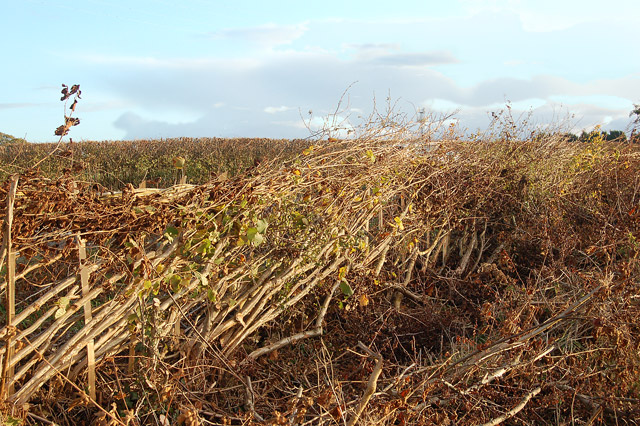
Providing safe passage for wildlife and a sturdy windbreak, Nick Mann of Habitat Aid shares his views on the rich rural tradition of hedgelaying and why he’s such a fan.
Hedgelaying now seems hopelessly quaint. It’s incredible to think that there would have been thousands of agricultural workers spending months and months painstakingly managing hedges with slashers and axes. The time it took is mind boggling. This sweet video from 1942 would have been completely unremarkable – I guess the landgirl would have seemed the most unusual thing about it!
Each area had its own style; in the video it’s Midland, with “binders” to support the cut stems, or “pleachers”, while they regrow. The local tradition where we live is much more rustic but clearly identifiable, as a Dorset hedge. Its development is easy to explain; it only needed to be proof against the lowland sheep which were such a familiar part of Hardy’s landscape.

I have to say I love pretty much everything about hedgelaying. I learnt how to lay (or “layer”) hedges on a weekend course many years ago. It’s something you have to do if you would like to pick it up. The Conservation Volunteers produce an excellent practical handbook, too. My skill levels are pretty basic (!) – I don’t lay 100s of metres of hedge every year to practice and I don’t have an expert watching over me – but Dorset hedges are pretty simple.
Why do I like it so much? To start with there’s the connection with that rich rural tradition, like planting local apple trees. It’s genuinely interesting and demanding work too. Even with a chainsaw (not available in 1940s Northamptonshire!) it’s taxing and rewarding labour. Last off it makes a much better hedge.
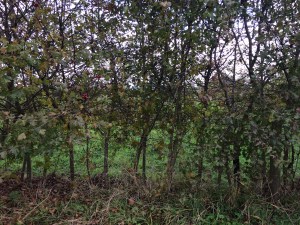
In the days before barbed wire, hedges had to be stock proof – that was kind of the point. This photo shows another section of Hawthorn hedge I planted a few years ago. Stock proof it clearly isn’t. Lambs etc could cheerfully wander through it. Left unmanaged and you have a series of small trees, which is what many of the common hedge species (like Hawthorn and Blackthorn) want to be.*
This couldn’t matter a row of beans in terms of our hedges – a barbed wire fence protects the garden from rampaging cows. It does matter for other reasons though. Hedgelaying makes for a much thicker, denser hedge with a really solid base. You can see that the young hawthorns in the photo above, planted around 50cm apart in a standard staggered double row, already look as if they will form a much wider barrier because of the brash I’ve left on them and the way their stems are lying. Even in its current state it provides a much denser – if much reduced – barrier. It will whistle up in no time, incidentally.
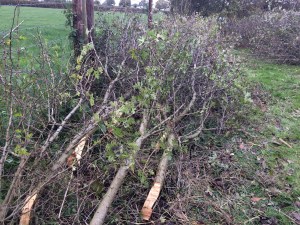
We’re pretty exposed, so the new hedge will provide a more robust and more substantial windbreak. More than that, though, it will be excellent for wildlife. That’s not surprising. Enormous numbers of invertebrates feed on common native hedge plants. In Hawthorn’s case it’s apparently 149. Its early blossom is a boon for pollinators too, and its berries in autumn for small mammals and birds. These species in turn bring exciting predators. Some insects lay their eggs on hedge plants to overwinter. Pollinators like bees, moths and butterflies enjoy not just spring blossom but also summer flowering hedgerow shrubs like roses and honeysuckle. Managing these plants through laying and then trimming them, rather than flailing, keeps those resources intact.
Hedges can provide fabulous shelter and safe corridors for movement – “wildways”. Their value for this is enhanced considerably if they’re laid and allowed to breath a little. We’re lucky enough to have dormice running around in our mature hedges, and shrews and voles use hedgerows as permanent habitats. Toads and other amphibia and reptiles find their dense, damp cover helpful. Birds are attracted by the insects, berries and nuts that a dense hedge provides, but also benefit from the protection of larger, denser hedges. They’re a great substitute for the wood pasture or woodland edge habitat that’s so rich in biodiversity.

Anyway, I’ll keep you posted on the progress of our little hedge. It’s always slightly unnerving to see this kind of reduction but it’s something I won’t have to do again for up to a decade, and won’t take long to look mightily impressive. It’s only about 30m long, but should be a lovely and important addition to the garden.
*In modern times flailing the bottom and surrounds of hedges and using herbicide around them exaggerates this tendency. You end up with a series of plants which look like forks; a single stem supporting a few prongs. Not really a hedge at all. Eventually the forks give up the ghost completely.
Find the original post here on the Habitat Aid blog.
Main image: Andy F / Hedgelaying in progress by the Fosse Way, Offchurch /
Based in Somerset, Nick Mann started Habitat Aid in 2008 to promote and sell British native trees, hedging, aquatic plants, wildflower seed and heritage fruit trees sourced from a community of small specialist UK nurseries and growers. They also offer groundwork, planting and seeding as well as ecological services through their network of partners.
The views expressed in our blog are those of the author and not necessarily lowimpact.org's
3 Comments
-
1Andrew Rollinson October 25th, 2019
Thanks Nick,
That 1942 film is so pleasant to watch, while simultaneously providing more evidence of how far society in Britain has gone off in the wrong direction in such a short time. The closing words are perhaps most poignant: “…a hedge that farmers can be proud of”.
I have a question:
How does one start a virgin hedge? Did the old hedgers create a full length of binders until the thorns could be cut and bent down? And, for hawthorn and blackthorn, how many seasons after planting should one wait until they can be set down? Obviously there will be the practicalities of minimum girth at the base.
Andrew
-
2Andrew Rollinson October 25th, 2019
Sorry Nick,
Since posting my question I have found my own answer, in an old book that I bought recently and was currently reading! It also explains something that I asked in another blog: about overcoming the difficulties of propagating Hawthorn. Extracts here:
“The seeds were gathered eighteen months before sowing, and stored mixed with sand in a rotting pit dug in the ground. They were then sown in the spring, and the seedlings were transplanted two years later to transplant lines in the same nursery, becoming fit for planting when they were four years old in all”
“In most cases protective fences had to be erected…and the miles of hurdling or post-and-rail fencing, on both sides of the new hedges, made heavy demands on the woodlands…”
“Set four inches apart, some sixteen thousand young hawthorns went to each mile, and it takes a mile of hedging to enclose one square field only forty acres in extent”
“When a young hedge is first laid, the stout upright stems are lacking, and it is necessary to drive stakes set alternately on each side of the plashers, to hold the latter in place and make a stockproof barrier”
“Once they reach a height of some seven feet the young trees must be cut and laid”
(H.L. Edlin, Woodland Crafts in Britain, 1949, 1973).
-
3Andrew Rollinson November 12th, 2019
Modern farming and the consequences of hedge removal: https://www.facebook.com/xrpontefract/videos/554999665250418/





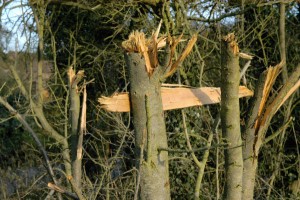 The environmental damage caused by flail cutting of hedgerows, and what can be done about it
The environmental damage caused by flail cutting of hedgerows, and what can be done about it
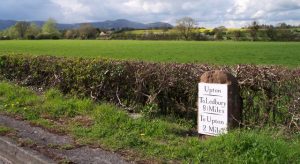 Why farm hedge trimming needs to change
Why farm hedge trimming needs to change
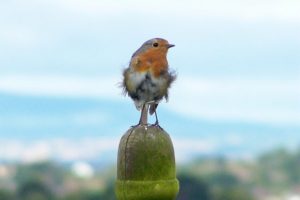 How to make a windbreak: the best trees and shrubs to use
How to make a windbreak: the best trees and shrubs to use
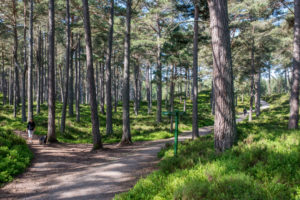 How invasive non-native species threaten our woods and what we can do to help
How invasive non-native species threaten our woods and what we can do to help
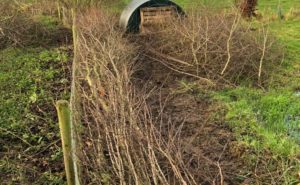 Hedgelaying for wildlife: it’s worth the effort
Hedgelaying for wildlife: it’s worth the effort
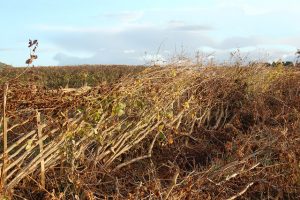 Hedgelaying and culture wars
Hedgelaying and culture wars
 Hedges
Hedges


